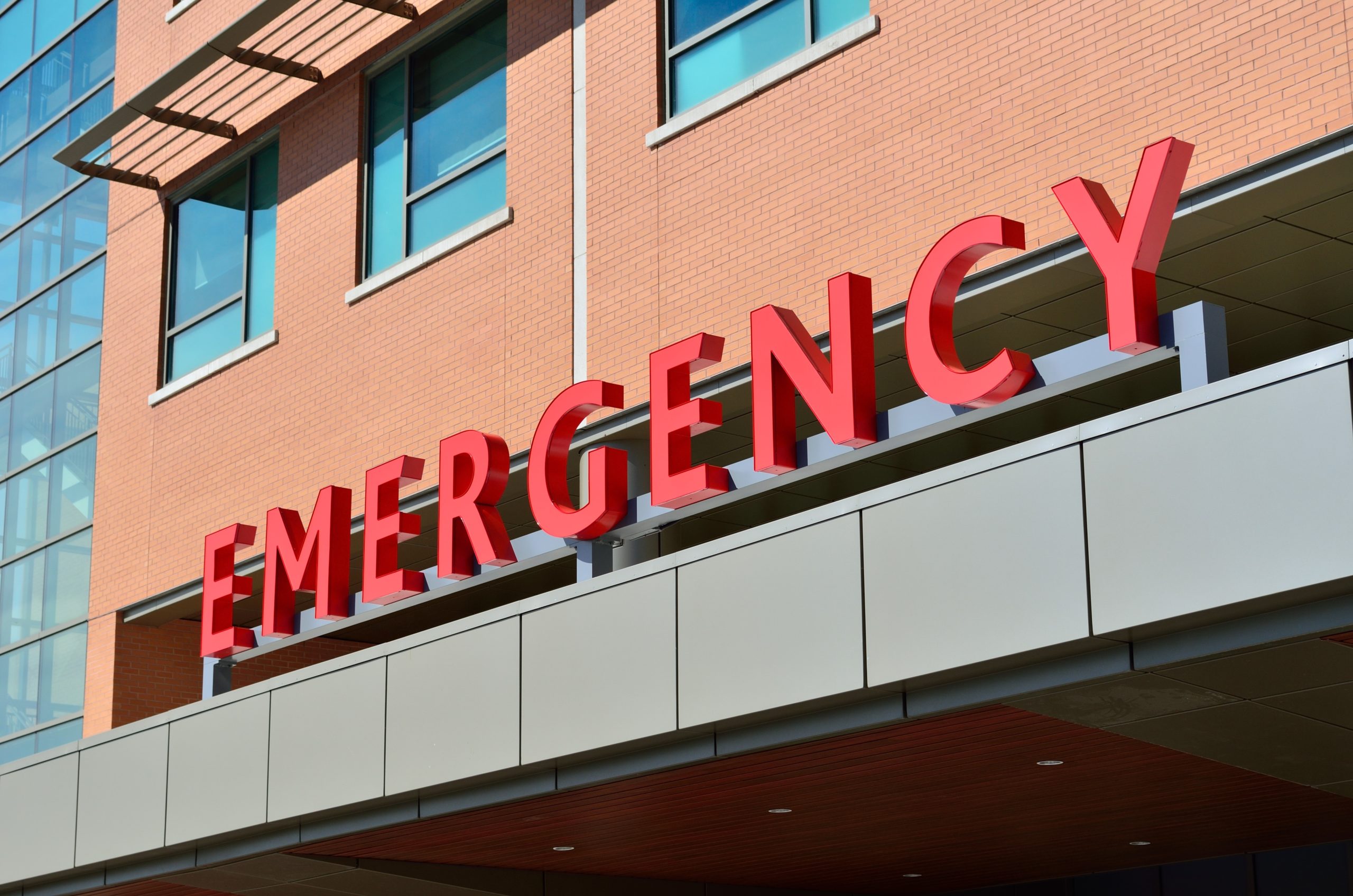IMPACT OF ADDICTION ON NATIVE AMERICANS
According to the 2018 Census, nearly 7 million people in the United States identify as Native American or Alaskan Native. There are 573 federally recognized tribes, over 100 state recognized tribes, and dozens of tribes that are not recognized.
This group have faced tremendous struggles throughout the history of the US. The Native American community has been left to deal with poverty, poor education, lack of healthcare, and high rates of incarceration.
The traumas inflicted on the Native American population have left their mark. The Native American population is expected to have a shorter lifespan. This is due in part to chronic illness, suicide, and substance abuse.
Native Americans are is proportionately affected when it comes to drugs and alcohol.
ADDICTION IN INDIAN COUNTRY
The Native American/Alaskan Native community accounts for less than 2% of the population of the US. But, this people group experiences a higher rate of substance abuse than other communities.
When placed in comparison to the general population, Native Americans are twice as likely to deal with addiction to drugs and alcohol. They are also three times as likely to die from a drug overdose.
ALCOHOL ABUSE
Native Americans and Alaskan Natives are often thought of as drunks. This is a damaging and disparaging stereotype. The community does have a much higher rate of alcohol abuse than others. Nearly 30% of the population self-reports that they are binge drinkers.
OTHER SUBSTANCES
Though alcohol is the number one addictive substance in use by this community, others are close behind.
The Native American community has been impacted greatly throughout the opioid epidemic. They are experiencing overdose deaths at a much higher rate than white Americans. Opioid overdoses within the Native American population were nearly 3 times as high as the general population between 2013 and 2015. The Native American population has experienced a greater increase in mortality rates from overdoses than any other community in the US.
NATIVE AMERICAN YOUTH AND ADDICTION
Addiction starts sooner within Native American communities, too.
Researchers found that those living on or near a Native American reservation were far more likely to have smoked cigarettes, or to have used other illicit drugs.
RESULTS OF ADDICTION IN NATIVE AMERICAN COMMUNITIES
Addiction can lead to a variety of problems in any community. When we lay out the numbers above, you can see that Native American communities are disproportionately affected.
What do these high rates of addiction do to the Native American community?
INCARCERATION RATES
Somewhere between 70 and 90% of all arrests within the Native American/Alaskan Native community are related to alcohol. These arrests are for crimes including DUI, public drunkenness, and underage drinking.
The Supreme Court has ruled that crimes committed on Tribal land can be tried in both Tribal courts as well as Federal courts. This means that Native Americans who are arrested for alcohol-related crimes in Tribal land will have a lot of experience within the court system.
ECONOMIC ISSUES
The rate of Native Americans living in poverty was double that of the population as a whole in 2017. Less than 1% of all homes in the US are owned by Native Americans, and Native Americans earn far less than the population as a whole.
Because Native Americans are more likely to be binge drinkers and commit alcohol related crimes, they are more likely to do time for these crimes. Serving time for a federal offense can make it extremely difficult to obtain employment after prison.
This perpetuates a cycle of poverty, and makes it extremely difficult to move up and away from addiction.
BARRIERS TO HEALING AND RECOVERY
There are many reasons it is difficult to get treatment from addiction.
In the Native American/Alaskan Native community, treatment is hard to come by. This community is disproportionately affected in almost every way, including access to health care. This especially applies to mental health care. Less than 12% of adults in this community have received necessary treatment for disorders and addictions.
The rampant poverty, lack of access to transportation, shortage of healthcare providers, and geographical remoteness make getting the needed care a challenge.
In addition, Native American addiction treatment needs to be culturally sensitive. There are a plethora of viewpoints when it comes to mental health within the Native American community. Treating the disease of addiction must be done with a cooperation between Tribal culture and evidentiary practices.
Treatment centers like Landmark Recovery are vital to the Native American community, because they have a variety of treatment options available for patients.
SUCCESSFULLY MEETING THE NEEDS OF NATIVE AMERICANS
Here at Landmark Recovery of Oklahoma, we are ready to work alongside you to help you and your loved ones get the most from your life. We want to help you move beyond your addiction and find recovery and healing. Call us today at 888-448-0302 and we’ll help you find the best way forward.

Choose Recovery Over Addiction
We're here 24/7 to help you get the care you need to live life on your terms, without drugs or alcohol. Talk to our recovery specialists today and learn about our integrated treatment programs.




